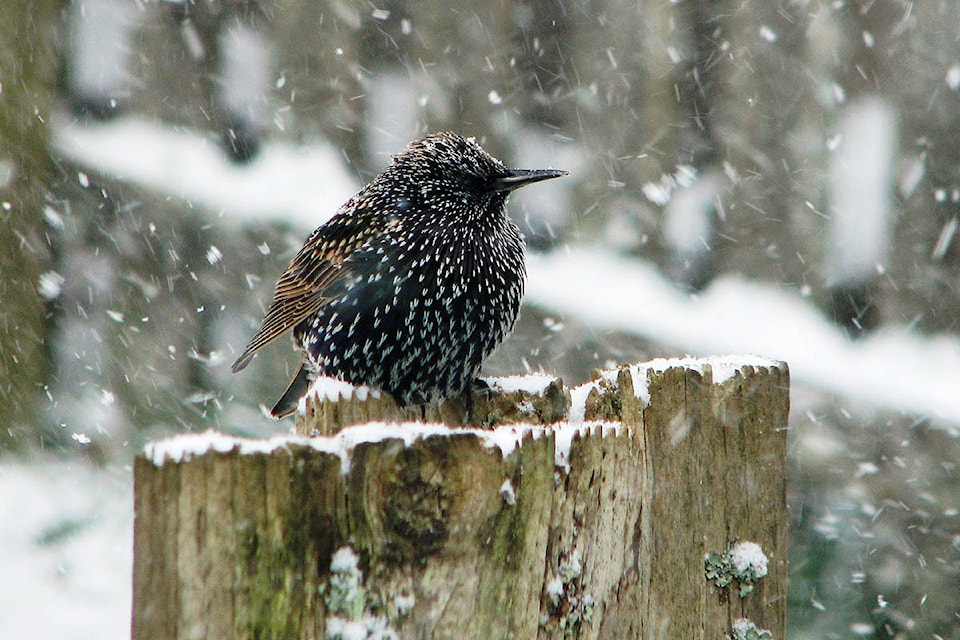BY SANDY MCRUER
Special to the News
If you’re a nature freak like me, you may already know the term, citizen science. Although the term has been around since the mid-nineties, people have been participating in citizen science much longer than that. It just didn’t have a name yet.
To give you a clearer idea of what it is, here is a dictionary definition: “the collection and analysis of data relating to the natural world by members of the general public, typically in collaboration with professional scientists.”
So there are all kinds of projects around. They are wonderful teaching tools. You may know of the weather stations at Alberni Elementary and at Chris Alemany’s place. That’s an example. Others are targeted toward the biological sciences and toward collecting field data, whether it be a BioBlitz, or playing with iNaturalist on your phone, it provides you with an excuse to get out and enjoy the outdoors with a feel good element to it because you contribute, and it’s fun.
One of the earliest forms of citizen science is the Christmas Bird Count founded in 1900. And from it the concept has grown to create many other citizen science projects. With the explosive growth of the internet, the ability to gather and store data has exploded. Bird Studies Canada is a leader in creating citizen science projects. There are 11 in BC suitable for beginners, such as, a Beached Birds survey, Canadian Lakes Loon Survey, the Great Backyard Bird Count, and eBird Canada.
To me, eBird is by far the most powerful database imaginable that can directly monitor the movements and densities of every species in North America and most of the rest of the world. It’s all generated by individuals across the world who spend a couple of minutes or hours recording birds they’ve identified, and, in turn, eBird keeps your life list of birds, how many new ones you saw this year, how many you saw in Arizona this winter, whatever you want. It will even keep track of your Christmas Bird Count! And it can be done from an app on your phone.
So I guess it’s time for my annual pitch for the Christmas Bird Count. The event is on the first Saturday after Christmas, on Dec. 28, 2019. It isn’t necessary to brave the elements, but you can if you want to. You can sit and watch the birds at your feeder, quietly sipping mulled wine or fortified eggnog, and nibbling on fruit cake. Or you can join a team for a few hours in the cold snowy day, the rainy windy day or the superb sunny warm dry day, whichever happens on the 28th.
Regardless of the weather, it will happen—barring earthquake or Tsunami.
It’s important that you call ahead so we can do some planning. Those who volunteer for a feeder count will get a list of birds commonly seen at feeders here. You can then find the birds on the internet, or crack open a bird guide and brush up on the ones you know from the list. Those who want to spend time in the field will be teamed up with experienced birders so that you can see and learn more. There’s usually someone with a spotting scope, and someone else recording. And the rest of the team is spotting birds.
There are limits on how far afield we go. We work within a 15-mile diameter circle centered at the bottom of Johnston Road, by the Somass River. And then in the evening we gather at a local restaurant for a meal and some story-telling.
So if you want to participate in any way, please call Annette Bailey at (250) 793-5408. She will give you all the details you need.
And FYI, here are a few websites where you can find out more about citizen science projects:
• Bird Studies Canada Volunteer programs
• UBC’s Biodiversity Of British Columbia
• eBird
• iNaturalist
